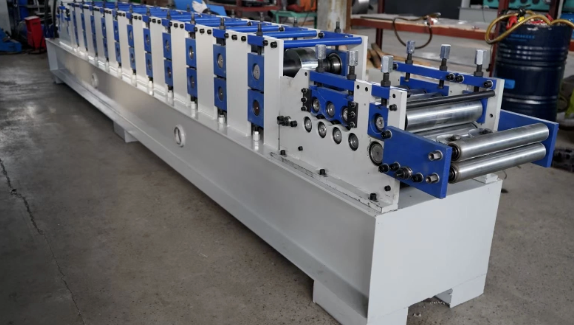
Posted on Monday, September 30, 2024
A Trim Roll Forming Machine is a specialized piece of equipment designed to produce metal trim and flashing components used in roofing and siding applications. These machines are essential in creating precise, consistent metal trims that protect buildings from water damage, sealing the edges and transitions of roof and wall systems.
Trim and flashing components are crucial for directing water away from vulnerable areas of a building, such as roof edges, valleys, and corners where water can accumulate and cause damage. Without properly installed trim, water infiltration can lead to issues like:
By using a trim roll forming machine, manufacturers can produce precisely shaped flashing that ensures a tight seal and directs water away from critical areas, thus extending the building’s lifespan and reducing maintenance costs.
In summary, trim roll forming machines are an essential tool for producing the protective metal components that form the first line of defense against water damage in roofing and siding systems. Their precision, efficiency, and versatility make them critical in modern construction.

Most Popular Roll Forming Machines in the United Kingdom
Posted on Thursday, December 11, 2025
This blog breaks down the five most in-demand roll forming machines in the UK

Can I Finance a Roll Forming Machine?
Posted on Thursday, December 11, 2025
Financing a roll forming machine is easier than most buyers think. Here’s how leases, loans, and payment plans make production affordable.

Roll Forming Machines for Sale in the UK: What Buyers Need to Know Before Purchasing
Posted on Thursday, December 11, 2025
This complete guide explains everything UK buyers must know before purchasing, including machine types, voltage requirements, CE/UKCA compliance

Roll Forming Machines for Sale in the USA: What Buyers Need to Know Before Purchasing
Posted on Wednesday, December 10, 2025
This guide explains everything U.S. buyers need to know before purchasing a roll forming machine, including machine types, pricing, voltage
Copyright 2025 © Machine Matcher.